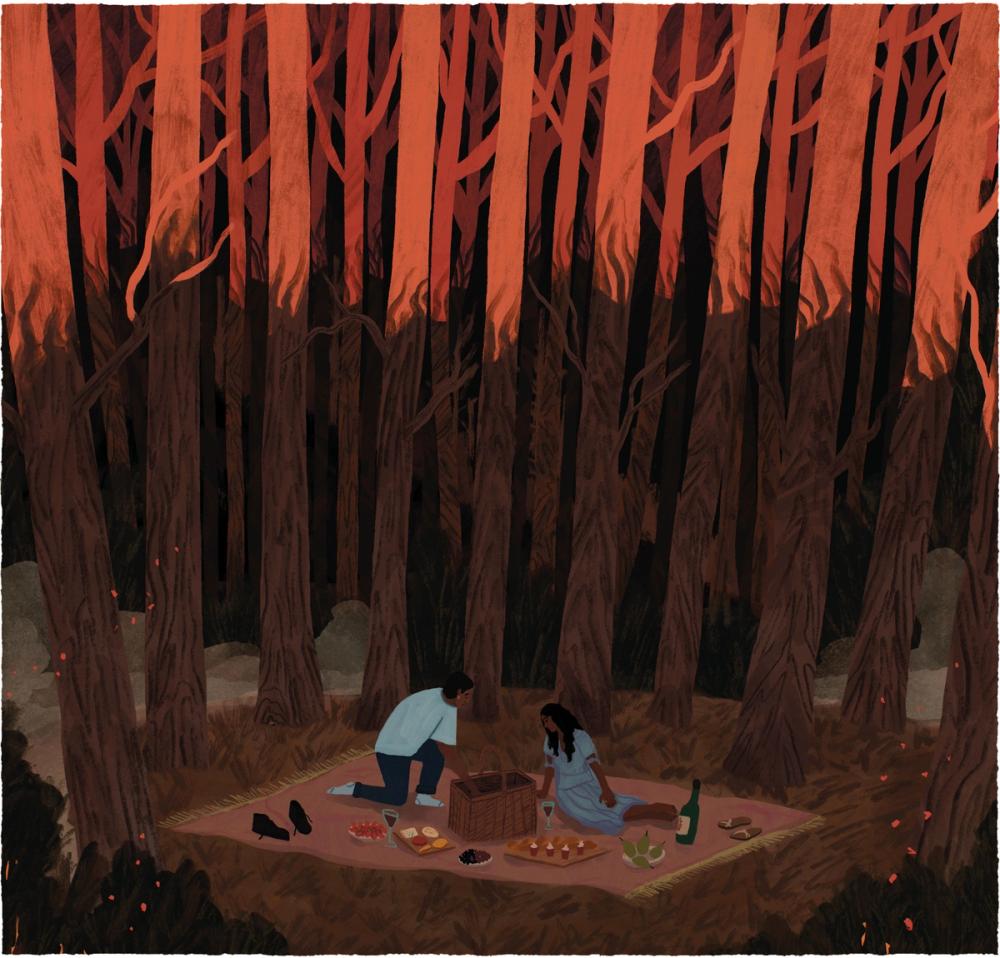More Reads
Death, Landscape, and the Environment
The matter that makes us will be here long after we are gone, but what kind of mark will we leave? In this IFLA! classic, from our Regeneration Issue, Phoebe Thomson explores deathscapes – 'landscapes of death' – and the legacies our bodies leave behind, from British cemeteries to Parsi Towers of Silence. She wonders whether a regenerative approach to handling death can breathe new life into old spaces. Illustrated by our very own Matthew Lewis.
By Phoebe ThomsonKeep readingKnowing From Above
The graphics that run throughout every issue of It's Freezing in LA! are constructed from environmental data, which is then explored in more detail in a special graphics-related feature. In Issue 11: Knowledge, we worked with researcher Madhuri Karak to put together typographic visuals that compare top-down satellite models of forests to Indigenous understandings of forests on the ground. For the first time, we're reinterpreting the original spreads so they can be accessed online. Words and research by Madhuri Karak. Research, design and typographic illustration by Matthew Lewis. For sharing your ways of the forest, gratitude to villagers of MR; Cindy Julianty and Dian Ekowati for interpretation and translation support.
By Madhuri KarakKeep readingHow Landscapes Remember
Ecologist Ana Kilgore explores the burgeoning field of landscape memory, looking at ways that large-scale ecosystems come to know and remember through their myriad interconnected components and processes. Edited by Jackson Howarth.
By Ana KilgoreKeep reading
